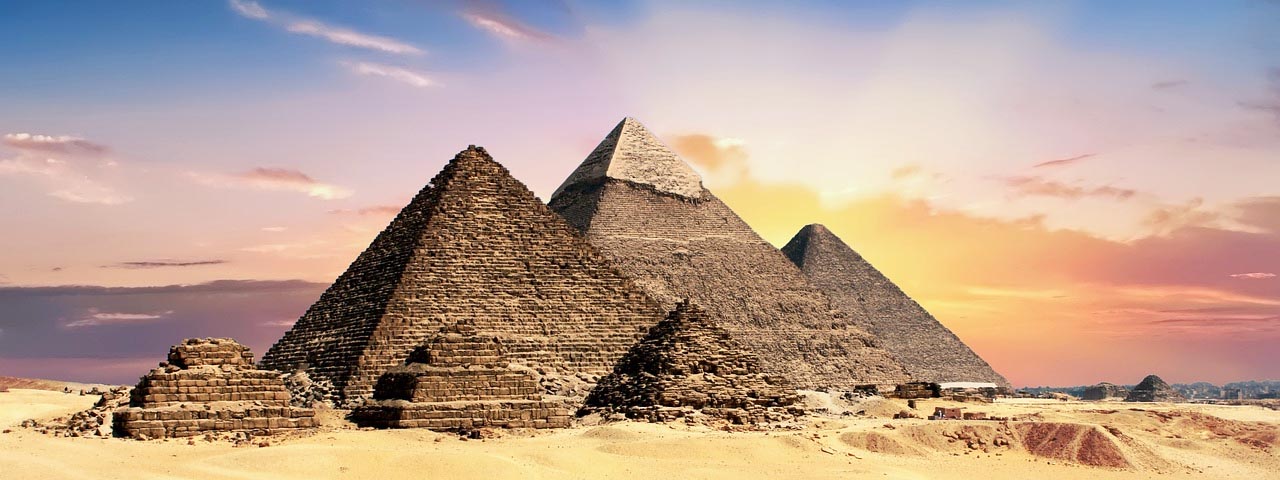10 Facts about Cats in Ancient Egypt
- Sacred Animals: Cats, or “Mau” as they were called in Ancient Egypt, were considered sacred animals. They were associated with the goddess Bastet, who was the goddess of home, fertility, and protector of the pharaoh.
- Deification: The Ancient Egyptians didn’t just respect cats, but they also deified them. The lioness-headed goddess Sekhmet, for instance, was seen as a destructive force, while Bastet, who often took the form of a lioness or a domestic cat, was seen as a nurturing, protective deity.
- Law Protection: Cats were so revered that killing one, even accidentally, was considered a grave sin and could be punishable by death.
- Mummification: When a pet cat died, families would mourn similarly to losing a family member. The cat would be mummified, and the family members might even shave off their eyebrows as a sign of mourning.
- Burial: Archaeologists have found many pet cemeteries where cats were buried in Egypt. In one discovery, a cemetery was found to contain over 300,000 cat mummies.
- Talisman: Cat amulets were common, and figures of cats were sold to pilgrims who visited the temple of Bastet.
- War and Diplomacy: Cats were so important in ancient Egyptian society that they were sometimes a factor in diplomatic and military decisions. There are records of battles where the Egyptians chose not to fight for fear of harming cats in the crossfire.
- Home and Farm: Cats were prized for their ability to kill venomous snakes and control the population of rats and mice which threatened the grain stocks.
- Art and Hieroglyphs: Cats were a common motif in Egyptian art and hieroglyphs. They were often depicted in domestic scenes, showing their close relationship with humans.
- Export Ban: Cats were so valued that for a period, it was illegal to export them out of Egypt. Despite this, they were frequently smuggled out and gradually spread around the world, leading to the spread of the domestic cat we know today.
Links:
Wikipedia: Ancient Egypt
History Channel: Ancient Egypt
Live Science: Ancient Egypt
Ancient Egypt for Kids
British Museum: Ancient Egypt
